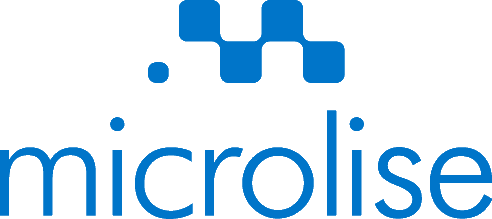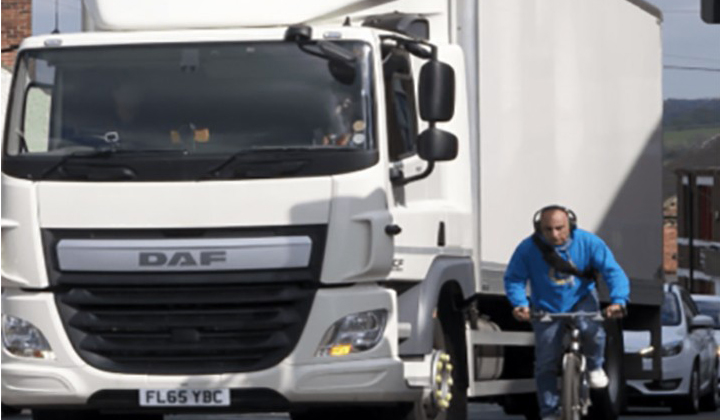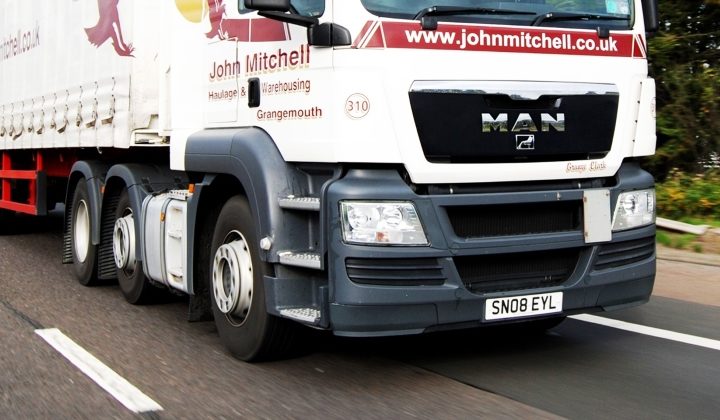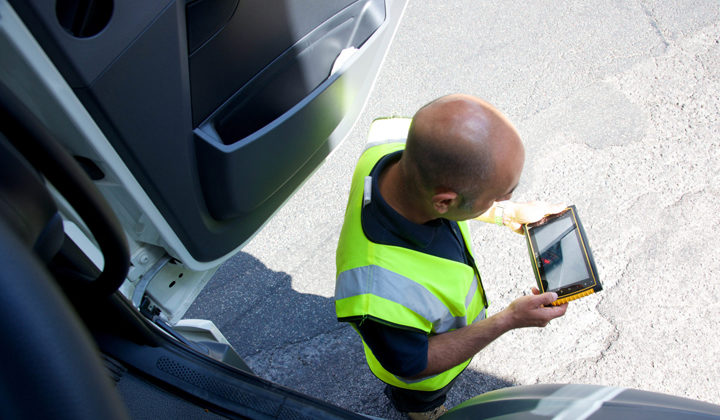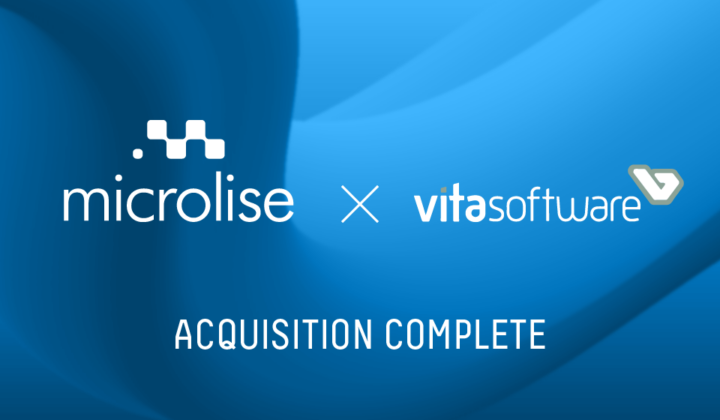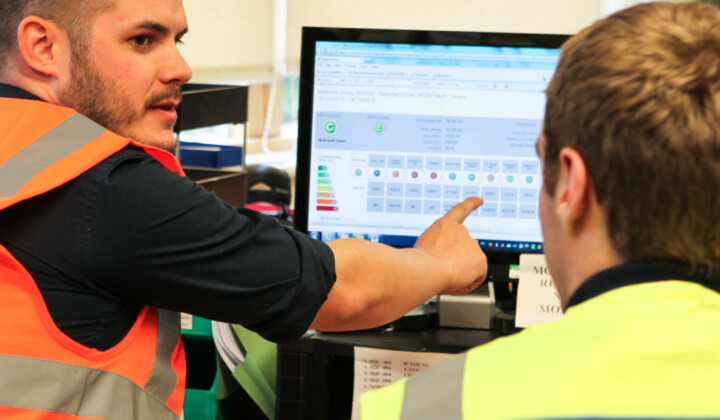Due to current delays in the shipping of components, operators are being strongly urged to ‘order now’ if they have not done so already, in readiness for the introduction of DVS on 1 March 2021 and to avail of the recently announced grace period.
Grace Period
To help with delays in parts and fitting, TfL has introduced a 90-day grace period to support operators who have ordered Safe System components ahead of the 1 March enforcement start date.
To benefit from the grace period, operators must submit evidence from the fitter/garage on branded documentation, with details of your appointment and Vehicle Registration Number, before 1 March, to DVSGracePeriod@TfL.gov.uk.
TfL will review requests and send written confirmation of the outcome. As soon as Safe System equipment has been fitted, operators then need to follow the DVS Permit Application process as specified.
Operators advising TfL about component or fitting delays after 1 March this year, will not be eligible for the grace period.
What is DVS?
Direct Vision Standard is designed to measure how much an HGV driver can see directly through their cab windows in order to assess the risk to vulnerable road users, such as pedestrians and cyclists, by using a ‘star rating’ which applies to all goods vehicles of 12 tonnes and above.
Zero star rated vehicles will require some modification including the installation of blind-spot cameras and sensors so that they can apply for the permit. Even if vehicles achieve a higher star rating and do not need modification, a DVS permit still needs to be secured.
A DVS Plus Solution
The Microlise solution offers options beyond the basic DVS solution. Nearside blind-spot cameras along with an in-cab device, proximity sensors with in-cab audible and visual warning, external audible alert and warning signage can all be provided by Microlise to meet the requirements. We exceed the requirements of DVS through our wider ClearVision offering and increased functionality through integration with our wider product-set.
Whilst Direct Vision Standard rightly focusses on the left side of the vehicle (around 20% of vulnerable road user deaths are a result of a left hand turn), it’s estimated that around 25% of deaths happen whilst reversing.
Our camera solution can include multiple cameras. The forward facing camera comes as a standard part of the system with additional options for a driver facing camera and more recently, a load facing camera. Additional blind-spot options include a rear facing camera (suitable for both rigids and trailers) and an offside camera.
An ADR compliant version of the camera solution is also available from Microlise enabling vehicles to remain compliant whilst carrying hazardous goods into the capital.
In order to maximise value, it is important to integrate cameras with other value add features.
Our in-cab device, the Microlise DriveTab, delivers a near-live feed of the vehicle’s blind-spots to the driver whilst manoeuvring but unlike most other ‘dumb’ devices, has multiple additional uses including dealing with deliveries/collections when used in tandem with our EPoD solution. It can offer driver logon (either manually via a PIN or through connection to the tacho head), work lists and deliver one touch satnav integration along with two way communications.
Additional apps such as our Driver Performance Management app allows drivers access to their own driving performance on-the-go and get driving tips and cross compare their scores with other drivers in their group or the wider company. Our Driver Hazard Warning app offers drivers advanced warning of low bridges, width and weight restrictions.
Apart from adding value to the installed hardware, integrating cameras with Microlise telematics means that footage can be requested through selected parts of the system, married up with telematics data and comments added to a specific event, to provide a more rounded view of what happened – in the event of an incident, this could be crucial for insurance purposes.
Camera and safety systems do not need to be stand-alone – they can be part of a much wider offering, which increases value, maximises ROI and makes dealing with a crisis far easier for everyone involved.
